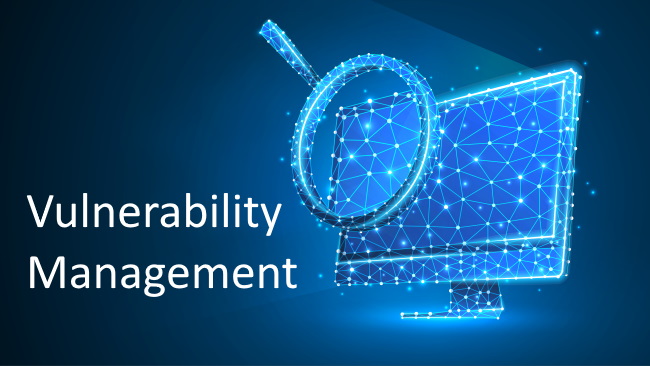Vulnerability management is all about finding faults in software and fixing them to prevent unwanted access. A strong vulnerability management method should entail constant monitoring and incorporation with patch and configuration management. Mobile devices and the cloud, which come up with new flaws, ought to be a part of your all-encompassing security strategy. Unfortunately, in today’s digitized world, the number of cyberattacks have dramatically increased and cybercriminals are constantly inventing new ways to access internal corporate networks and systems. One constant avenue for cyberthieves looking to disrupt businesses is through the detection of vulnerabilities in software before vendors can issue patches. Sadly, it has become a growing trend and companies all over the world have had to contend with a slew of cyberattacks in the last few years. According to verified data, as many as 19 vulnerabilities were reported in just one day in 2014, and the number is on the uptick since then, which is cause for serious concern for all sizes and types of businesses worldwide.

Aspects of Vulnerability Management
Since the attacks are not likely to be stopped and are a growing phenomenon, there is a dire need to come up with a comprehensive security solution to deal with the scourge. Security experts suggest that vulnerability management is proactively recognizing software mechanisms that are susceptible to exploits, adding that the major areas of concern are operating systems, browsers and browser plug-ins, business applications, and Web applications. However, there are also many other types of software that could contain potential flaws. Vulnerability management solutions incessantly scan a specified environment, whether it’s on a server or endpoint, and search for faults in how certain software is designed. Once you determine a vulnerability, you can pass it along to the right person or team, who, in turn, releases a patch and resolves the issue.
As well as recognizing and fixing vulnerabilities, another aspect of vulnerability management focuses on clearly appreciating as to how security flaws manifest themselves. Experts suggest that most of cyberattacks precisely target and exploit vulnerabilities, which is why it’s vital to not only determine vulnerabilities, but also evaluate their impact, classify them, look at what risks they represent, and then take action based on that. Being proactive and learning from previous mistakes, one may be able to avoid reintroducing old flaws in new software.
Why It’s Important to Have a Vulnerability Management Process
Network vulnerabilities post security holes that could be exploited by hackers to harm network assets, cause a denial of service, and/or steal potentially delicate information. Cybercriminals are always on the lookout for new flaws to exploit, while taking advantage of old flaws that may have gone unpatched.
Experts underscore the importance of having a vulnerability management process in place that often checks for new flaws for preventing cybersecurity breaches. Without a vulnerability and patch management framework, old security flaws may be left on the network for protracted periods of time, giving hackers an opportunity to abuse flaws and conduct their attacks.
When creating a vulnerability management program internally, here are some of the effective ways you should consider:
- Inventory Management. It’s almost impossible to patch what you don’t know you have. It’s therefore important to track your inventory of assets for authenticating that you have addressed all flaws in your network.
- Patch Management. You should be able to know how you will deliver security patches to your network assets, and when patches will be applied. Also ask if you will have to deactivate some or all of your network to apply fixes to your major flaws.
- Security Testing Solutions. Checking vulnerabilities is a huge challenge. Therefore, it’s important to have a complete set of security testing tools for spotting flaws and sorting them for future fixes. Checks of external network assets (such as vendor networks, cloud-based applications, and external servers) is also vital for contemporary vulnerability valuations.
One of the quickest methods to create a VM system is to use a vulnerability management service. A service provider is likely to have a strong set of tools and a skilled team that is used to deal with flaw and patch management plan build-outs. A large number of organizations tend to use a devoted vulnerability management service because they are easier to deploy and manage.
Combining Threat and Vulnerability Management
The effectiveness of VM hinges on a company’s capacity to keep up with existing security threats and trends. Today’s application security threat scene is continuously evolving; therefore, organizations ought to be proactive in their risk and vulnerability management efforts. Most VM tools or systems provide updates as new threats arise, but organizations should still involve in threat research and examination on a regular basis.
Why Vulnerability Management is Important,




